At the top of California’s Colorado mountains, just outside San Diego, you don’t hear much except for, perhaps, a rattlesnake slithering its way through the dry bushes. Otherwise, it’s as calm as a library up there, with the hot wind smoothing its way on your UV-exposed skin as you stare into the distance under the brightest of blue skies.
Parked next to me was a nearly 10,000-pound behemoth of a pickup truck running on idle. Or should I say turned on. That’s because the Chevrolet Silverado EV burns no gas at all. It’s electric. It’s quiet, the way spending time in nature should be done. Right?
I was there to test the latest addition to the Silverado EV lineup. The Trail Boss is a trail-conquering version that was already available in Chevrolet’s gas-powered truck line, but that now makes its way into the world of EVs. I drove up a mountain, took a break at the top to chill and enjoy the view, and slowly crawled my way back down. It was a fun event!
But the one thing that really stood out for me during that drive was how normal electric pickup trucks are starting to feel. And how capable they can be. In some cases, like the Silverado EV Trail Boss, they’re more capable even than their internal combustion engine (ICE) counterparts.
Electrified Off-Road Capability
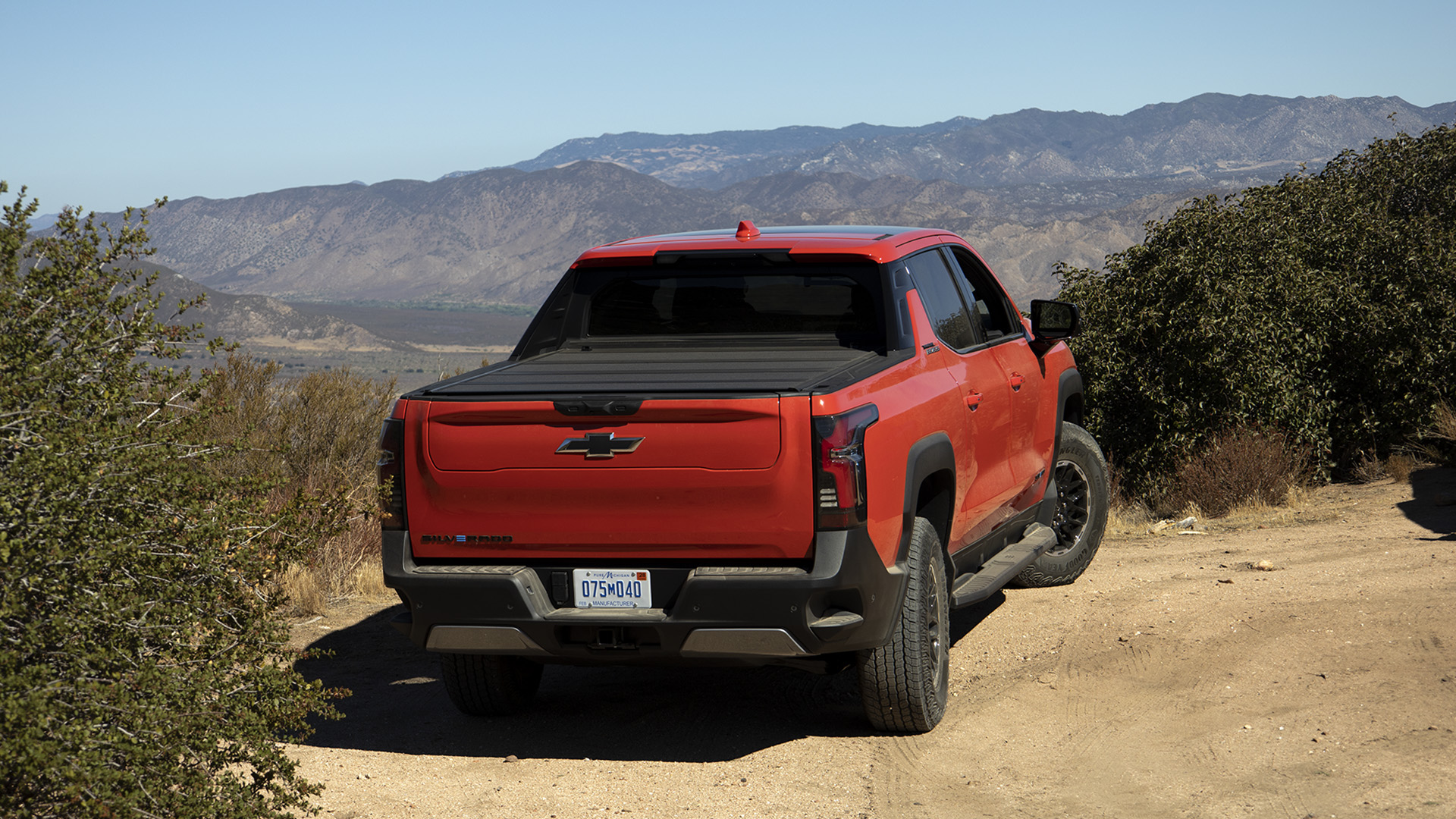
This thing has an advanced rear-wheel steering system that was programmed to increase the truck’s turning radius, allowing it to slither its way through rocks and tight corners. Its dual electric motors pump out a staggering 775 pound-feet of combined torque. Yet, it’s all controlled in utmost precision thanks to a software-driven platform.
It’s got a suspension lift, off-road tires, and additional drive modes for even more precision. The Trail Boss ate up that mountain as if it were its afternoon snack.
But do people actually care?
Electric Trucks Can’t Be Good Enough
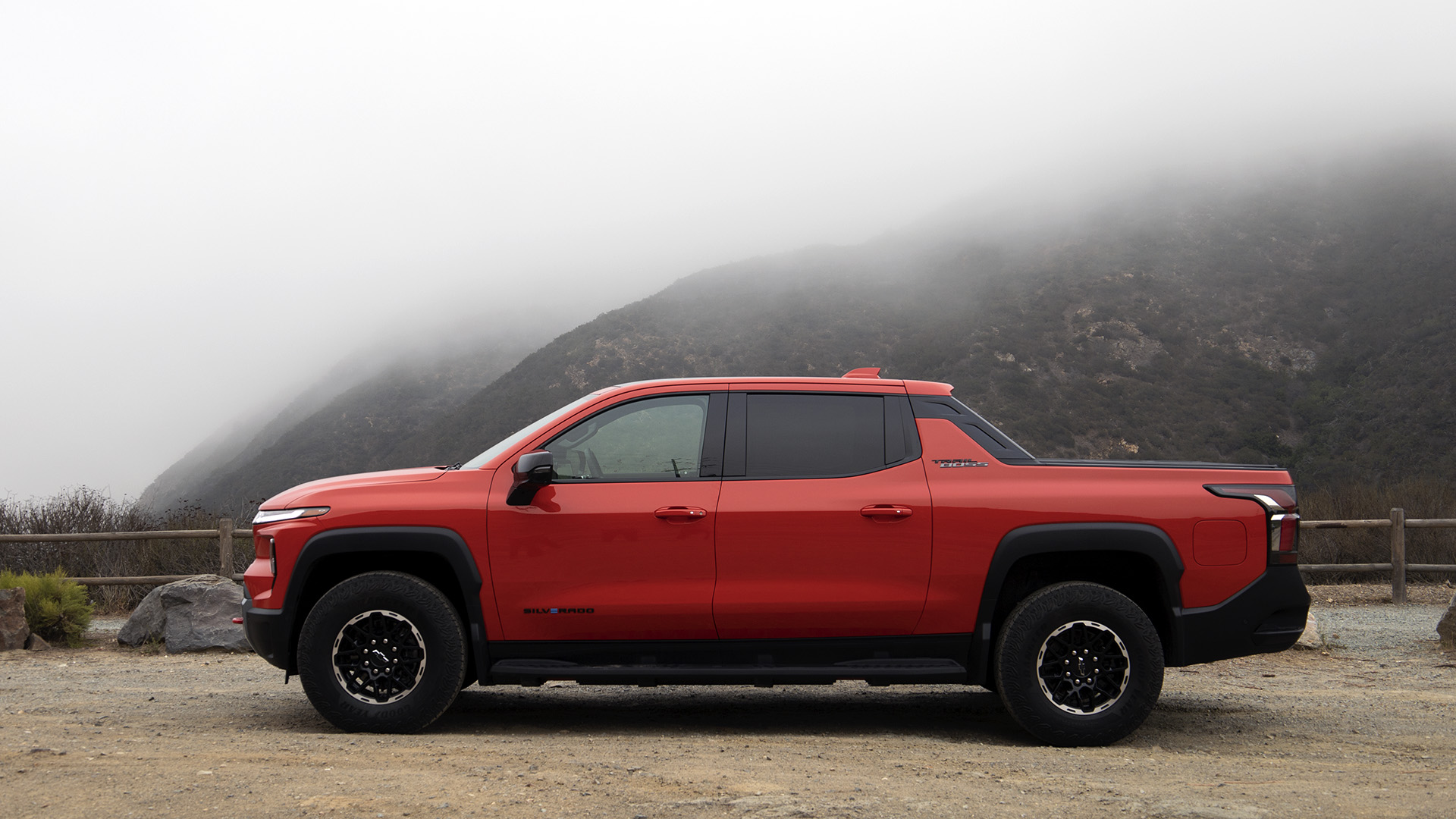
Pickup trucks are probably the most difficult vehicle to electrify due to their need to be both a reliable utility machine and satisfy the hardcore audience they face. Ram recently found that out the hard way. After instantly halting the Hemi engine for the 1500, sales plummeted, forcing the automaker to quickly turn its ship around by putting the Hemi back under its hood.
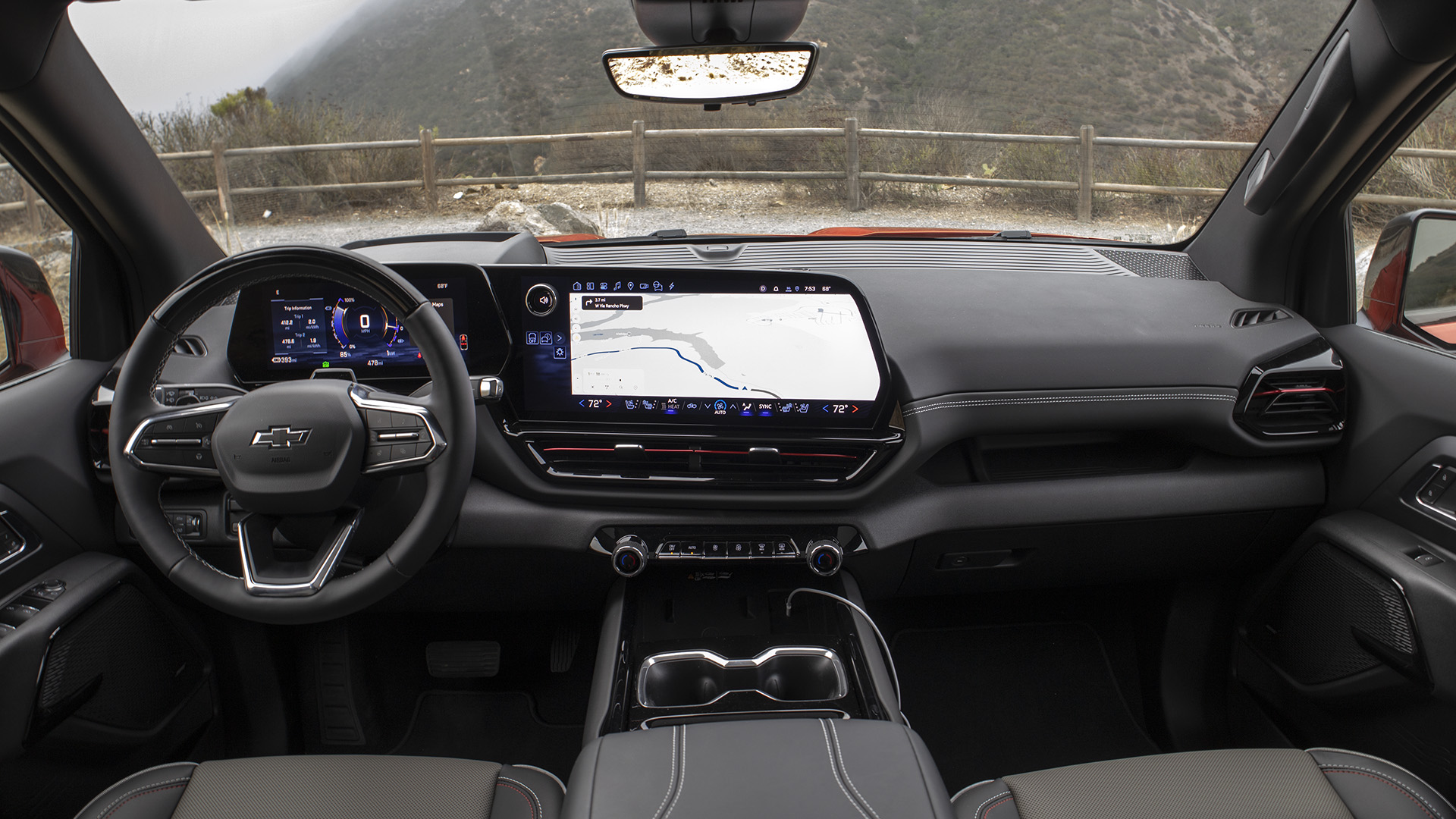
Hemi Backlash
Objectively, the Hemi’s replacement, the twin-turbocharged Hurricane inline six-cylinder engine, is not a bad unit in itself. Its poor reception was merely a result of a fanbase that was too in love with V8s and a Euro-centric automaker that had poorly evaluated the North American market.
To add insult to injury, the Hemi backlash had an effect on the much-anticipated REV all-electric Ram 1500 full-sizer, a truck that was poised to take on both the Ford F-150 Lightning and the Chevrolet Silverado EV, but that was sadly killed off (for now) before it was even born.
Would any of this have happened if Stellantis had kept the Hemi alive?
I ask because it seems that no matter how good electric trucks are, they only seem to be able to survive in a space where V8 power still exists. At least, that seems to be the case for the American Big Three, where the meat and potatoes of the truck market lie. It’s almost as if buyers pardon the electric offering because the old stuff is still hanging around.
Both Ford and GM invested massively in the development of their electric trucks, but both also still offer a V8 option. They’ve also been very vocal about how lucrative the gas-powered truck market remains. For every Silverado EV sold, GM sells, on average, 77 gas-powered trucks.
But Why?
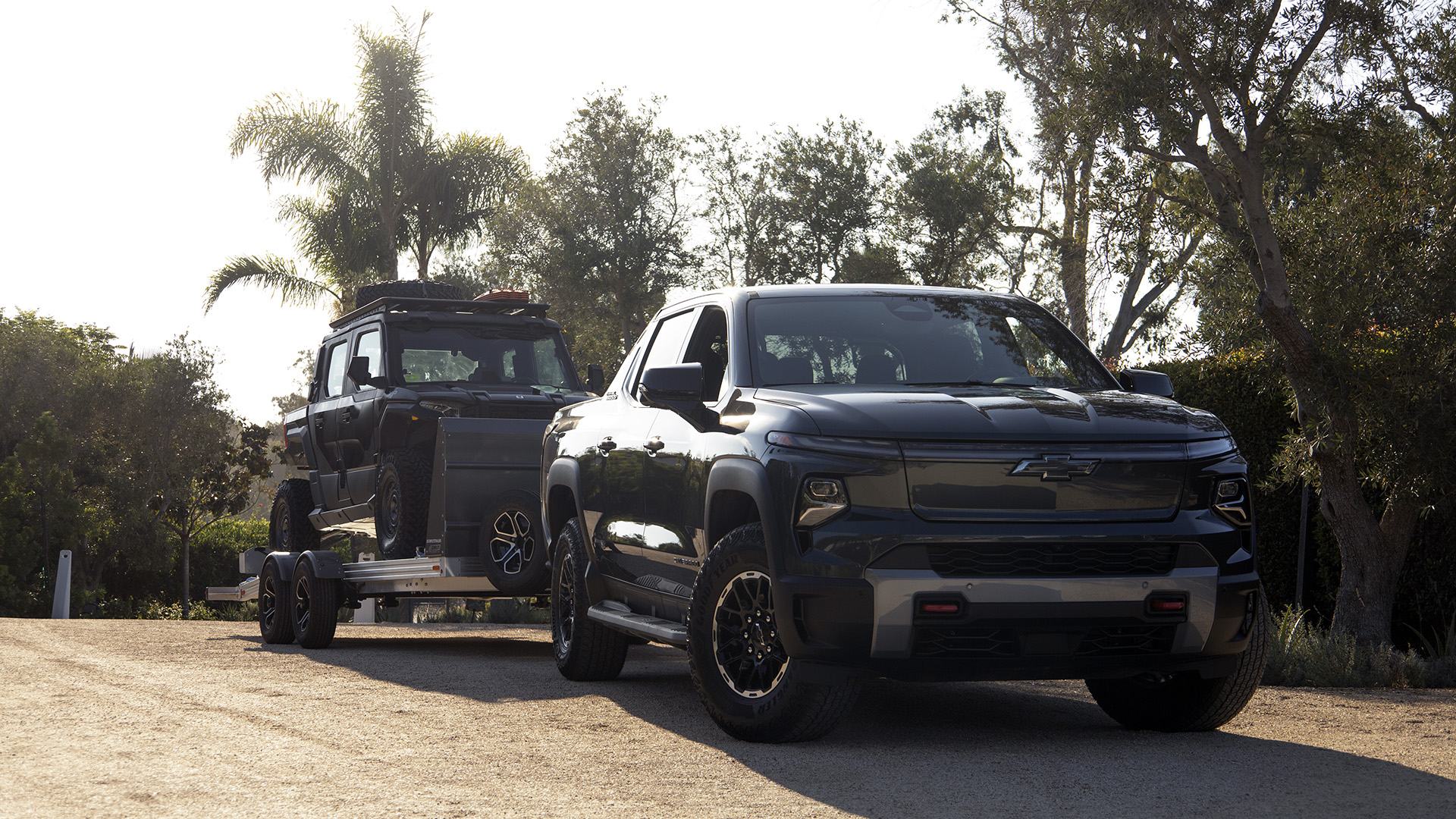
On paper, the Silverado EV crushes the 6.2L Chevrolet Silverado by a long shot. It can tow up to 14,000 pounds in certain configurations, besting its gas-powered equivalent by a full 800 pounds. It’ll accelerate from 0 to 60 mph in the low 4-second range, a number a gas-powered Chevy truck could only dream of hitting.
And once it’s fully charged, the Silverado EV will keep moving its wheels up to almost 500 miles. Good luck getting more than 400 miles with your V8. Don’t get me started on the savings at the pump, something owners who use these things for work are starting to notice.
Yet, Americans are still flocking to ICE trucks en masse.

Resistance to Change
The resistance to change is a tough and expensive one for an automaker to take on. Chevrolet’s spokespeople on site during the event were pretty transparent about the fact that it’ll take a few more years for the Silverado EV to reach mass-market appeal.
But until GM gets there, it has no choice but to continue building a truck that can do no wrong. That’s the only way an electric truck will survive. It must tow more than its gas-powered sibling, off-road better, accelerate faster, and basically be a better truck in every single possible way. The electric truck cannot give the consumer an argument to go back to gasoline. If it does, it has lost.
More importantly, the electric truck must feel normal.
Which is why, I think, this Trail Boss exists. Because with its $72,000 starting price, it’s not exactly inexpensive. I also don’t know many people who would take a truck of this price, girth, and weight out onto the trails. But the sheer reason it exists is a testament to GM’s devotion to EVs, and that it understands that only time will change the status quo.
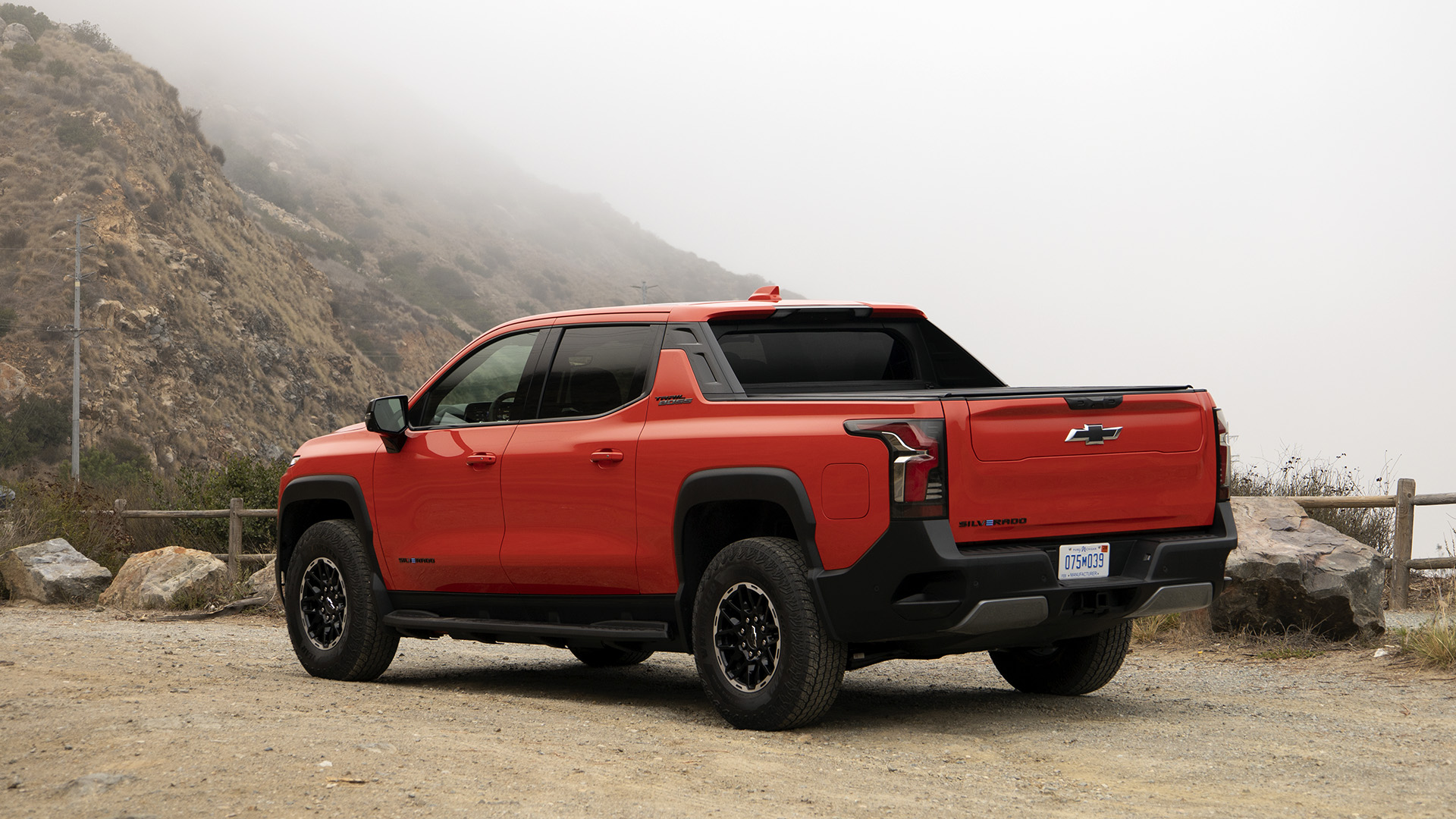
Electric Truck Time for You?
If you’re still wondering if an electric truck can fulfill your truck needs, perhaps it’s time you take one for a spin yourself to find out.
Sure, I’m well aware that some folks are still so often on the road, covering long distances, and having little time to refuel, that an ICE is still the better option for now. But for everyone else, you’d be surprised by how normal electric trucks have become, and how they could, indeed, do the trick for whatever it is you need to do.
Read the full article here





